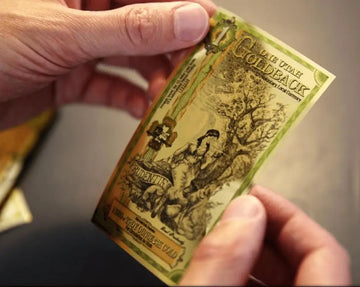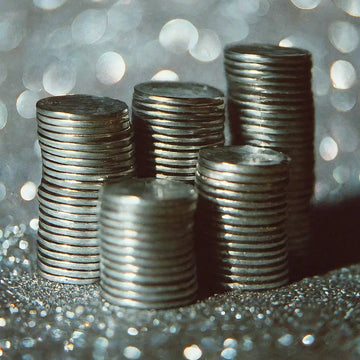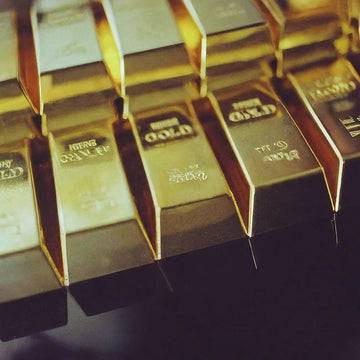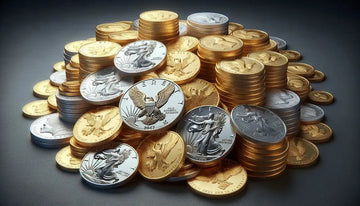Introduction:
Coins and bullion have long served as symbols of wealth and power throughout human history. While modern societies predominantly rely on fiat currencies issued by central banks, the allure of coins and bullion as alternative forms of currency remains strong. In this blog post, we will delve into the monetary potential of coins and bullion, exploring their historical significance, unique benefits, and the current market trends that make them attractive assets for investors and collectors alike.
The Historical Significance of Coins and Bullion:
Coins have been used as a medium of exchange for thousands of years, dating back to ancient civilizations such as the Greeks, Romans, and Chinese. These early coins were typically made of precious metals, such as gold or silver, and their value was directly linked to the intrinsic worth of the metal itself. Bullion, on the other hand, refers to bulk quantities of precious metals in the form of bars or ingots. Bullion has been traded and hoarded throughout history, serving as a store of value during times of economic uncertainty.
Benefits of Coins and Bullion as Currency:
- Tangible Assets: Unlike digital currencies or paper money, coins and bullion offer a physical presence that can be held, admired, and passed down through generations. This tangibility provides a sense of security and permanence, particularly in times of financial instability.
- Intrinsic Value: Coins and bullion derive their worth from the precious metals they contain. Gold and silver, for example, have historically been recognized as valuable commodities, sought after for their rarity, beauty, and industrial applications. This intrinsic value acts as a hedge against inflation and economic volatility.
- Portability and Divisibility: Coins are designed to be easily carried and exchanged. Their standardized weights and denominations make them highly divisible, enabling transactions of varying sizes. Bullion, although less portable, offers substantial value in a more concentrated form.
- Global Acceptance: Precious metals have universal recognition and acceptance, making coins and bullion easily exchangeable across borders. This attribute makes them an appealing alternative to fiat currencies, particularly in regions with unstable economies.
Current Market Trends:
- Investment Opportunities: Coins and bullion present a compelling investment option for those seeking diversification in their portfolios. Their value is influenced by supply and demand dynamics, as well as geopolitical and economic factors. With the rise of online platforms and marketplaces, investing in coins and bullion has become more accessible to a wider range of individuals.
- Numismatic Collecting: Beyond their intrinsic value, coins can also hold historical and artistic significance. Numismatic collecting involves acquiring coins based on their rarity, historical context, or aesthetic appeal. This hobby has gained popularity among enthusiasts, driving up the value of certain rare or commemorative coins.
- Bullion-backed Cryptocurrencies: The advent of blockchain technology has given rise to innovative hybrid assets known as bullion-backed cryptocurrencies. These digital tokens are backed by physical reserves of gold or other precious metals, offering the benefits of both digital currencies and tangible assets.
Conclusion:
Coins and bullion continue to captivate the imagination of individuals as timeless forms of currency. Their historical significance, tangible nature, and intrinsic value make them an attractive option for investors and collectors alike. Whether you are seeking a safe-haven investment, a store of value, or an object of beauty, the monetary potential of coins and bullion offers a compelling alternative to traditional fiat currencies. As we navigate an ever-changing financial landscape, exploring the world of coins and





